It is a parental rite of passage to stare at a screaming baby (or even a calm one) and wonder, What on earth is going on in there? Why are you mad? Why are you happy? Is that smile gas or joy? What, exactly, is my baby thinking?
Most of the time, our babies seem like a black box. Which is part of why, as a parent, hearing about what babies like, or what they benefit from, is confusing. Take, as an example, the idea that babies only like black-and-white images, so you should make sure to show them those. When I had a baby, you’d better believe I got some black-and-white flash-card pictures of animals for “stimulation.” (At that point in my parenting, I was too tired to ask whether this was evidence-based.)
It turns out that learning about babies’ brains is hard but maybe not impossible. In many cases, the approach that researchers take to figuring out what’s going on is almost as interesting as (or maybe even more interesting than) the results. Here: three common claims about babies, how we know them, and whether the data lines up with the hype.
Do newborns like to look at faces?
It is widely accepted that newborns like to look at faces. There is a large literature in developmental psychology on the topic. Very broadly, this literature argues that newborns and small babies show a preference for faces. Some of the literature says this happens almost immediately, and is strongest for the mother’s face. Authors have also claimed that babies like attractive people more.
But how do they know?
In this case, the main method involves tracking how long a baby looks at something. Longer looks means they like it more. In these studies, though, the devil is in the details. To see those details, we can talk through one example — a paper from 1995 that aimed to test whether babies reach out to their mothers very early after birth.

In the first experiment in this paper, the authors report data on 34 babies, with an average age of 78 hours (that’s a little over three days). They had an additional 39 subjects, but they had to throw away that data, mostly because the subjects fell asleep or fussed (this is why experiments are so much easier with undergraduate students…). The babies were put in a special chair, in front of a screen with two windows. The windows were initially covered. Behind one window was mom; behind another was a different woman with a broadly similar appearance.
At the start of the experiment, the covering was removed and the baby’s looking behavior was recorded. The top-line result of the experiment is that babies looked at their mother for twice as long, on average, as they looked at the stranger. The conclusion was that babies prefer their mom’s face. An interesting secondary result of this particular experiment is that the babies did not show mother-preference when both people were wearing scarves on their head. The researchers conclude that babies are getting clues from the shape of their mother’s hairline.
There are many other variants of this type of study, some of which try to figure out what it is about faces overall by showing babies distorted faces, or stylized images that kind of look like faces, and seeing their reactions. But in virtually all these studies, the main way we judge if babies like something is how long they look at it.
And by this measure, newborns do like faces.
Can babies only see black and white?
It has long (like hundred-years long) been suggested that newborns have only very limited color vision. It’s not quite right to say they only see black and white, but the idea is that the range of their color vision is quite a bit more limited than older children and adults.
Actually studying this is even harder than studying facial preference, though, because color has both brightness and hue, and in an ideal world you’d separate those out. Also, these are babies. This quote (from here) summarizes it for me: “The primary difficulty has been that, because of their very limited wakeful and attentive periods, it is virtually impossible to obtain enough data from an individual newborn to rule out definitively the contribution of potential brightness cues to any apparent chromatic discrimination.” Wake up, babies! You’re ruining our experiments.
Similar to the faces, the experiments here work by observing how infants look at things. In this case, researchers often use a special set of cards that have patches of color on a background. Babies are shown the cards, and researchers watch to see if they are attentive to the different color patches. They are then coded as either passing or failing to detect the color.
This type of evidence shows that newborns have relatively poor color sense. For example, this 1994 study showed that only a small share of newborns could detect blue and green hues, although most could detect red. By one month, they had improved, and by two, even more. This is consistent with the broader literature on the topic. Although by three months, infants seem to have an ability to distinguish broadly between colors, the quality of our color vision improves through adolescence (and then gets worse when we get older).
Another version of this statement is that babies “prefer” high-contrast images. This isn’t quite the same thing as being able to detect them, but there is some evidence that babies look longer at high-contrast images.
So these color statements have some validity. Babies do not see color well and do seem to look longer at high-contrast images. But if you are hoping those fish flash cards are going to buy you 15 minutes of quiet, think again. Babies do not look at anything for very long. And if you’re focused on development, don’t worry about it. Babies will develop this vision and get stimulation even if you do not show them black-and-white flash-card pictures of fish.
Do babies really not know they are separate from their mother?
Finally, this claim.
It is difficult to know what people mean by this. The fact that babies prefer their mother’s face and differentiate it from strangers’ suggests that they must understand the concept of external people, to some extent. This basic fact rules out the idea that, say, babies think of their mother as a part of them — like a third arm or something. There is a lot to point to the idea that babies can detect differences in self and another.
Instead, my sense is this phrase reflects Piaget’s idea of object permanence in infants. Object permanence is the recognition that even if you do not see an object, it still exists. With a baby, there are simple ways to test for this. For example: show them a toy. Then put the toy under a blanket. If they reach for it, they understand that it’s still there, even if they cannot see it. That’s object permanence.
Babies develop this sometime around four to seven months (Piaget thought eight months, but later studies seemed to point to development before that). This development is why peekaboo is fun with a four-month-old — they are surprised every time that you re-emerge! — but not with a 10-month-old, who is typically totally over it.
Extending the idea of object permanence to people: if you’re not in the room, your baby may not realize you exist. This is the idea in the quote — not that the baby thinks you and they are the same person, but that they do not understand that as a separate person you could be in another room and still exist.
This idea sometimes gets weaponized, with messaging to moms that if you leave your baby (ever), they will think you’re dead (or similar). That is a vast overinterpretation. We have no idea what the baby thinks when you leave, or even if they think about you at all. We do not generally think two-month-old babies understand “dead,” so probably they do not think you’re dead. I could go on about this one, but let’s leave it there.
In summary: This claim doesn’t make much sense in general. But it seems to be about object permanence, which is a real thing but doesn’t mean your baby thinks you’re never coming back.
The bottom line
- The way researchers determine whether or not a baby likes something is based on how long they look at it. The longer they look at something, the more they are thought to like it.
- Babies do show a preference for looking at faces (mostly their mother, but also faces in general).
- Newborns have a relatively poor color sense, though it improves as they get older. This doesn’t necessarily mean they can only see black and white, and you do not need special high-contrast cards to develop this skill.
- Babies do not start to develop object permanence until around four months old. This doesn’t mean that they think you cease to exist if you are out of sight.









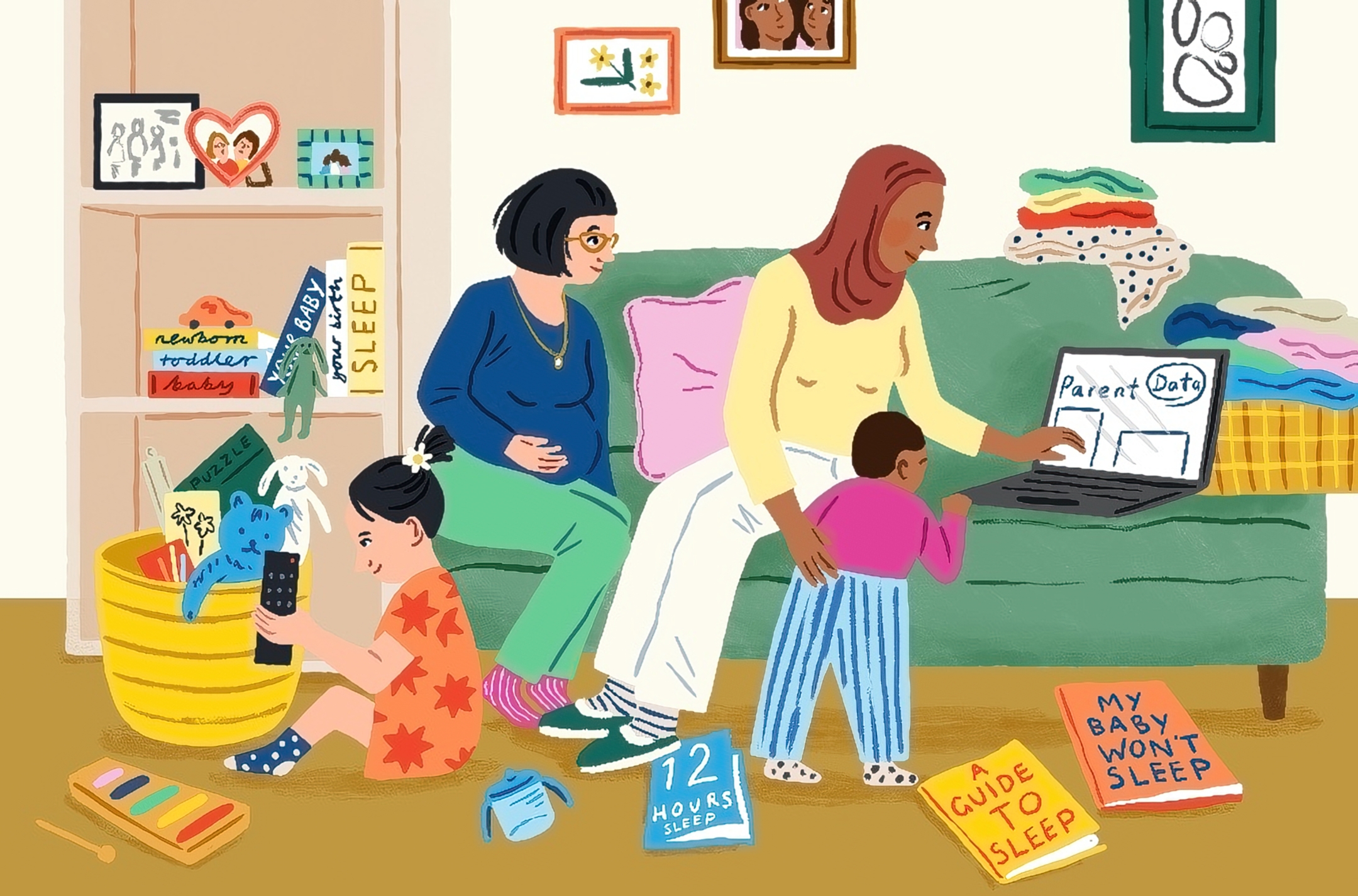
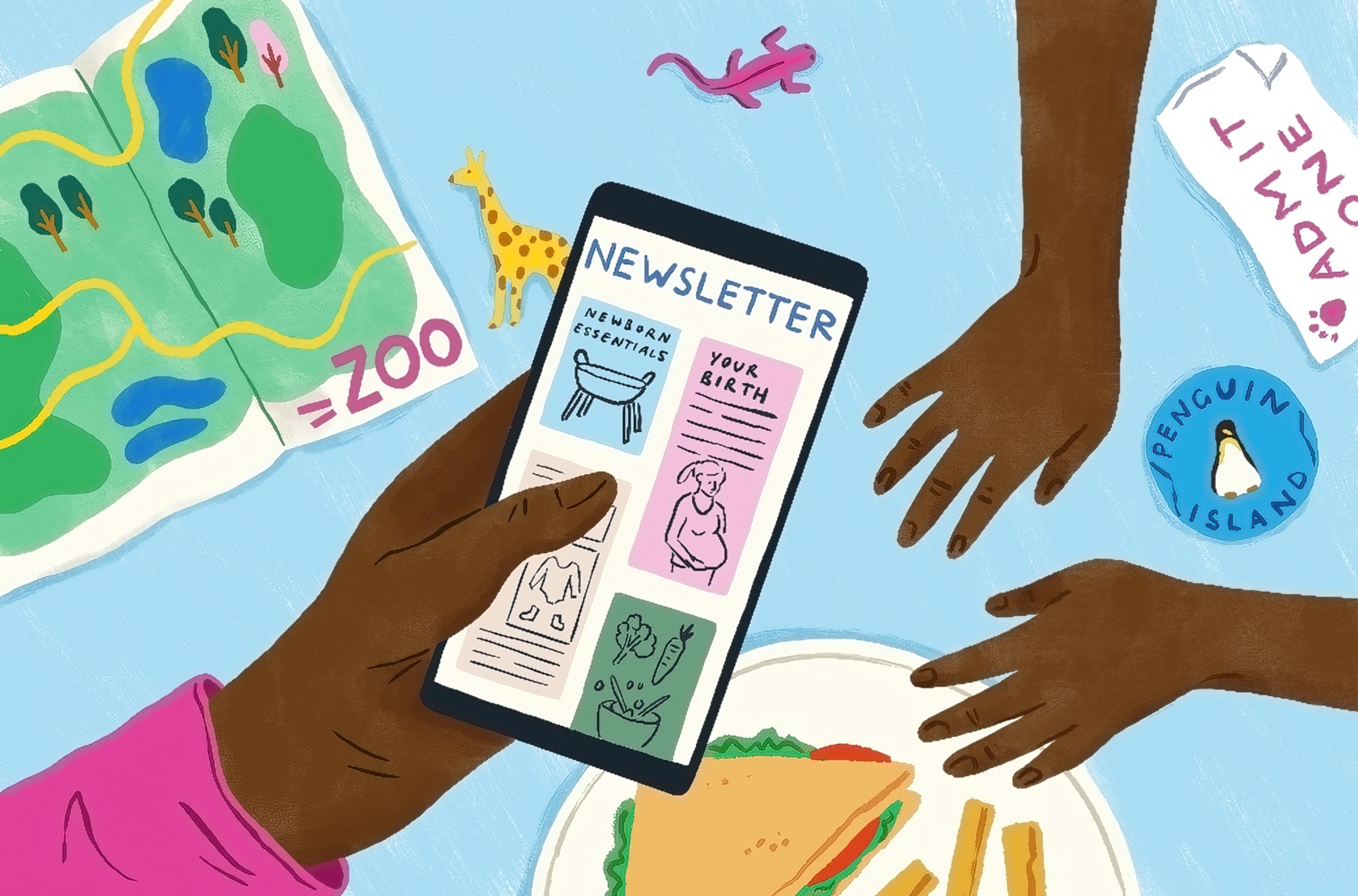
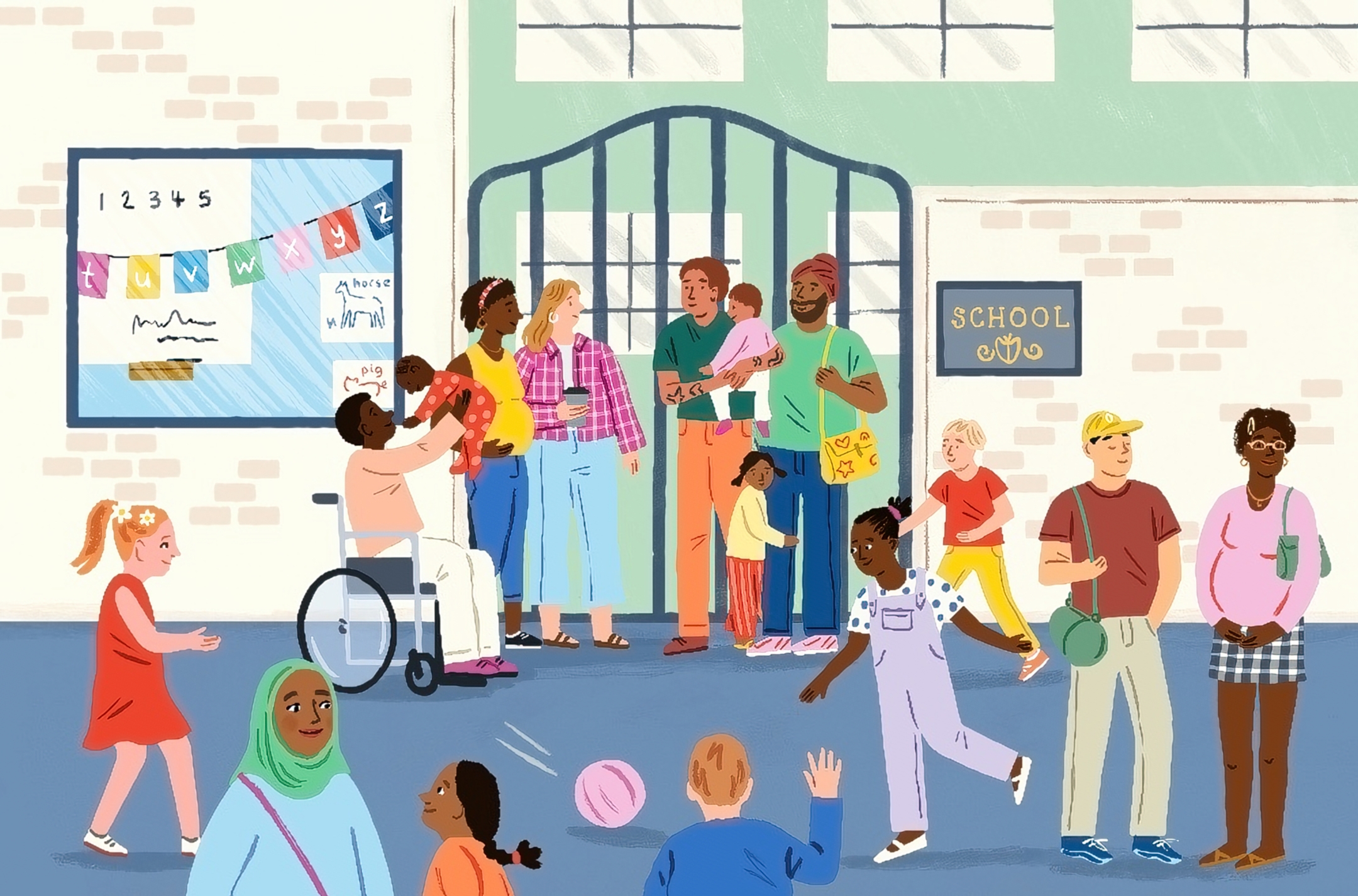

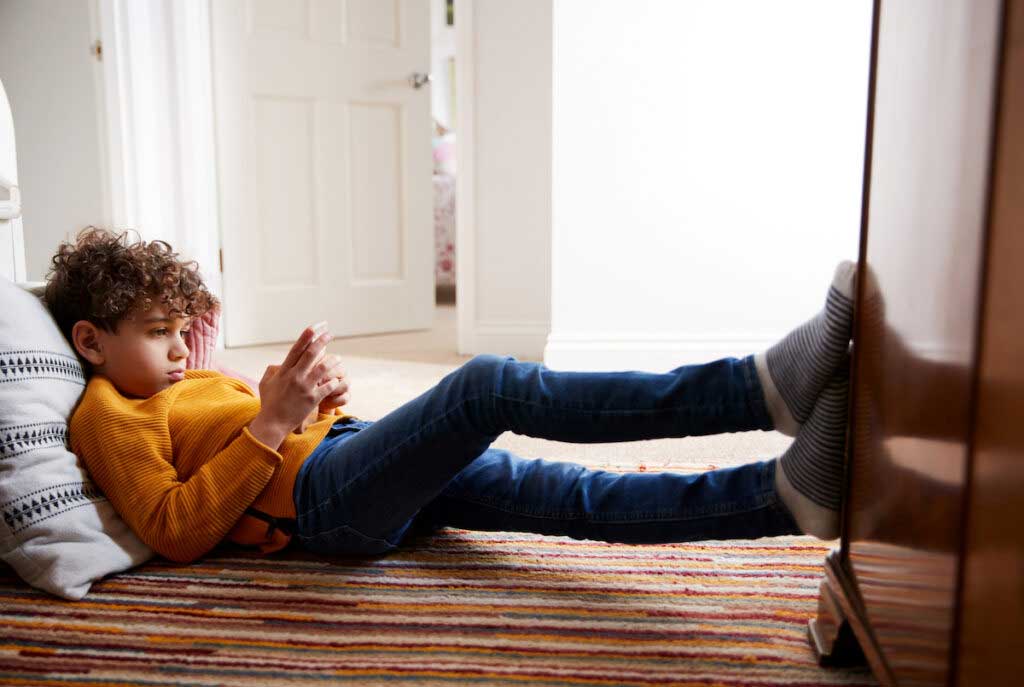
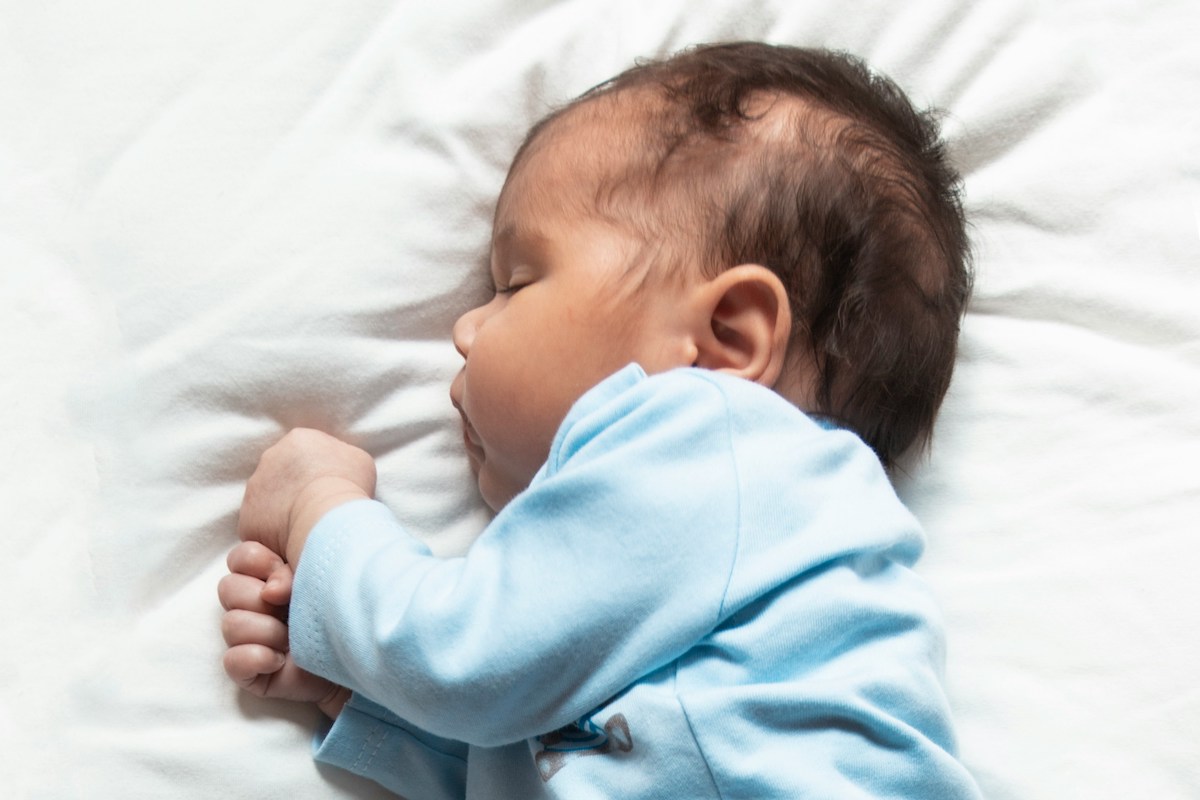

Log in
Any idea how valid it is to equate looking at something longer to liking it?
I don’t think those two are typically equated. For example, there are studies showing that babies will stare longer at cartoons of spiders than at similar but non-spider shapes — not because babies “like” spiders, but simply because they can recognize them, presumably as a potential threat. There’s a lot of great examples in the “experimenting with babies” book.